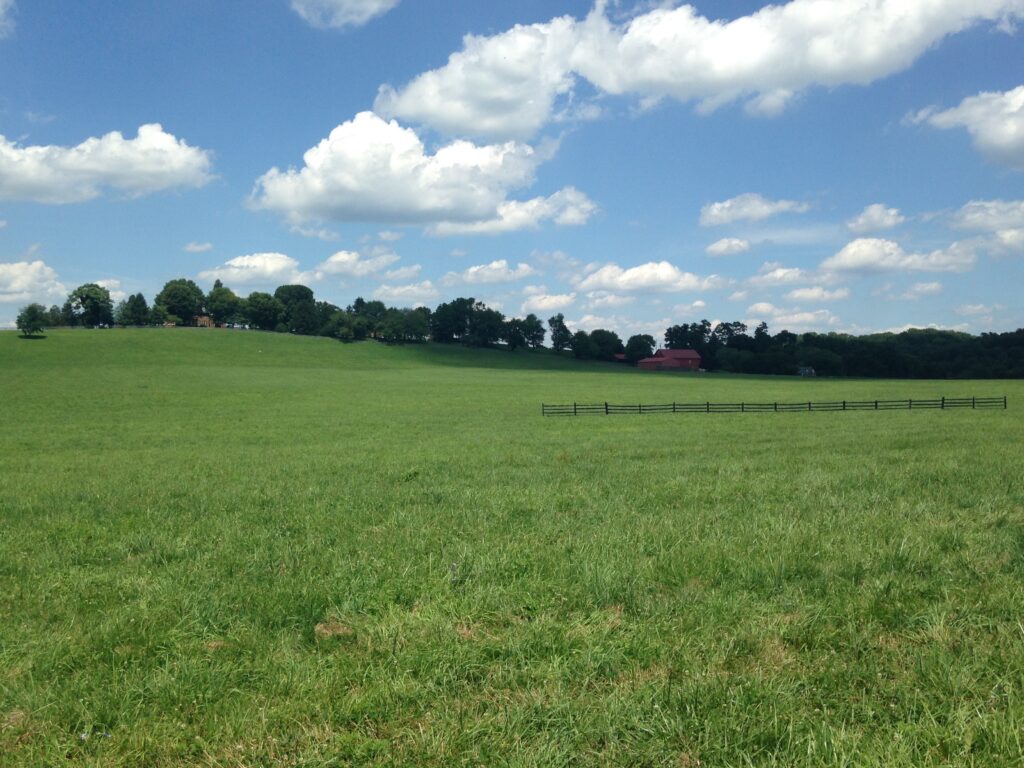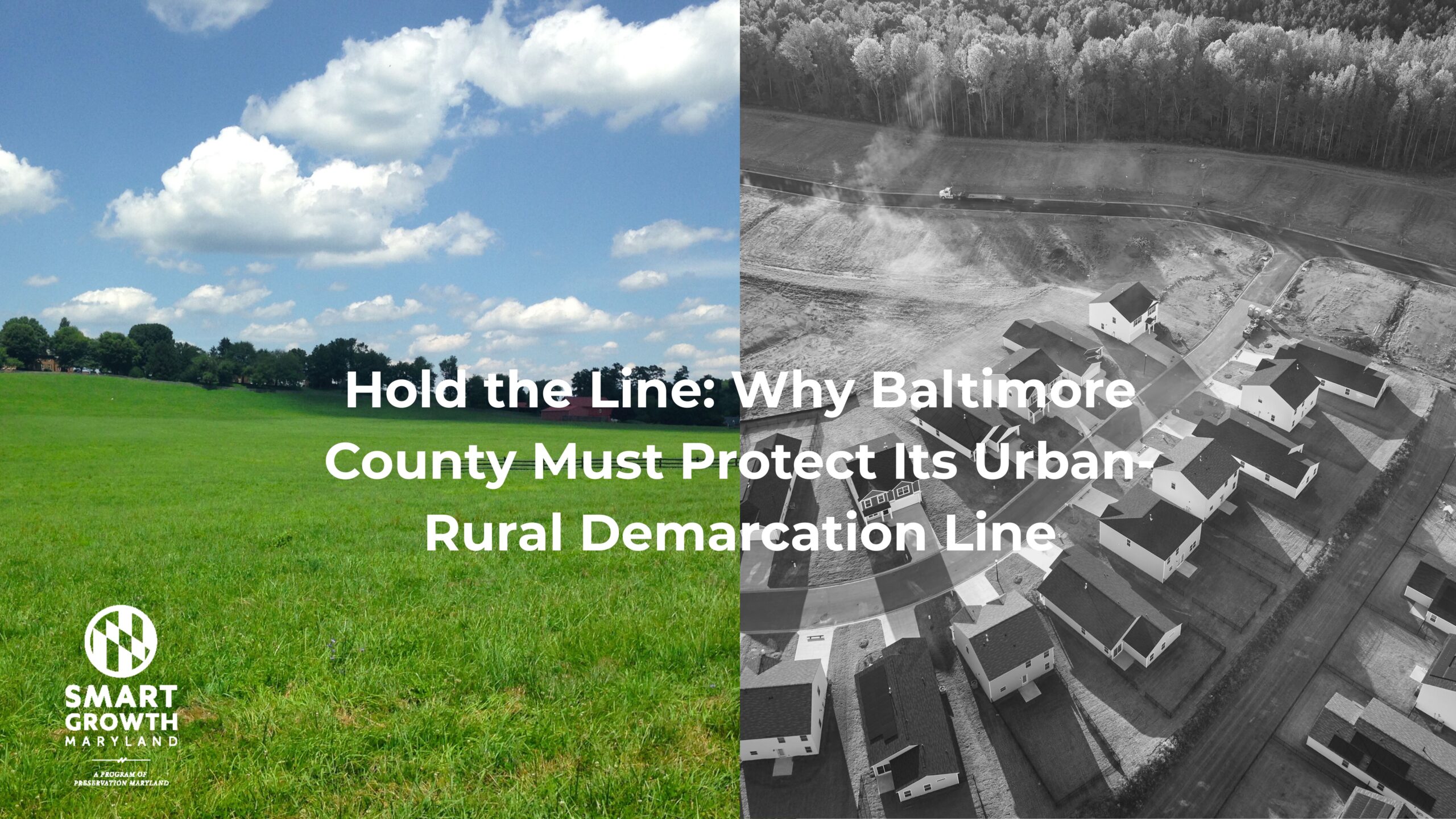In Baltimore County, the Urban-Rural Demarcation Line (URDL) has long served as a national model of smart growth, directing development inward toward existing infrastructure and protecting farmland, forests, and waterways from unchecked suburban sprawl. As a nonprofit organization dedicated to smart, equitable, and sustainable growth, we urge the Baltimore County Council to preserve the URDL and focus on unlocking housing potential inside the URDL.

With a low housing vacancy rate of just 5.75%, the demand for additional housing in Baltimore County is clear. However, we need to meet this need through strategic, thoughtful development within the URDL—not by weakening it. Breaching the URDL to build ever more distant subdivisions isn’t the answer. Instead, we must ask: what kind of housing are we allowing within the boundary—and how can we do better?

Our team analyzed U.S. Census Bureau building permit data and found that since 2020, a staggering 99% of permitted residential development inside the URDL has been single-unit homes. While single-family housing has a role to play, it is also the most expensive and land-intensive form of housing, both for homeowners and for municipalities who must extend roads, water, and emergency services to serve them. Relying solely on this model limits housing diversity, exacerbates affordability challenges, and places strain on public resources.
The county has a clear opportunity to expand housing options within the URDL through:
- Rehabilitation of vacant or underutilized upper-story spaces for residential use
- Adaptive reuse of office or retail buildings into housing
- Context-sensitive infill development, such as ADUs, duplexes, triplexes, and small multifamily buildings
- Zoning reforms to enable more diverse housing types in areas well served by transit and public services
These approaches not only increase the housing supply but do so in a way that leverages existing infrastructure and supports walkable, connected communities.

Baltimore County is currently reviewing its Adequate Public Facilities Ordinance (APSF). This is an important opportunity to align growth strategies with long-term sustainability—economically, socially, and environmentally. Expanding development beyond the URDL boundary would encourage sprawl, threaten forests and farms, burdens taxpayers with the cost of new infrastructure, and deepens car dependency at a time when the county should be leading with resilience and foresight. Holding the URDL line doesn’t mean saying “no” to growth. It means saying “yes” to the right kind of growth, in the right places.
By holding the line, the County can meet its housing goals while protecting its rural lands, strengthening its existing communities, and ensuring a more sustainable and equitable future for all residents.

